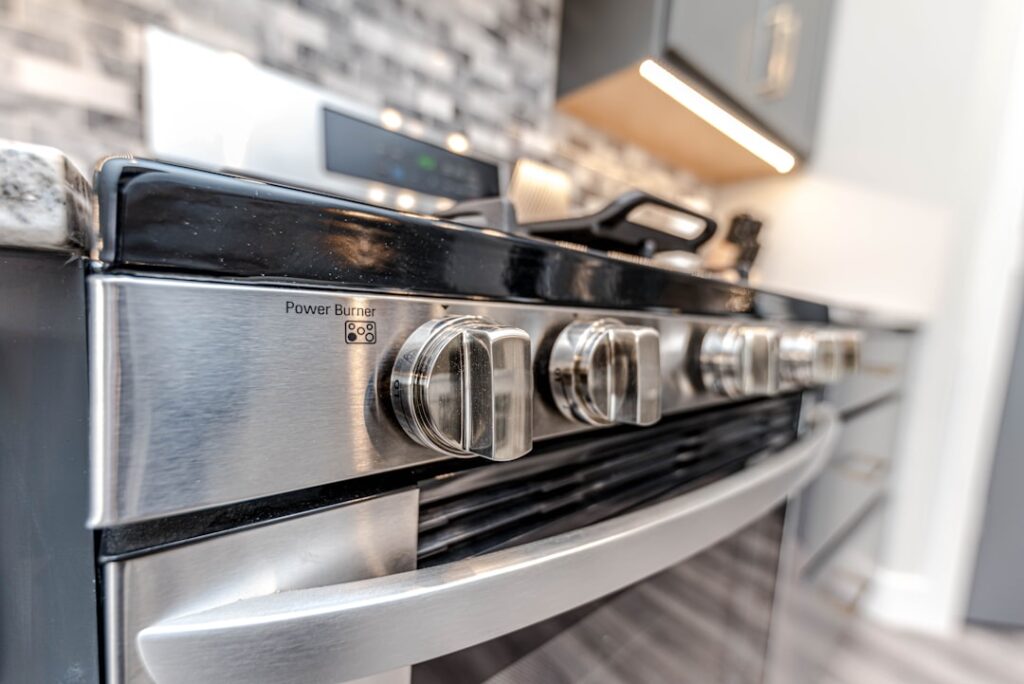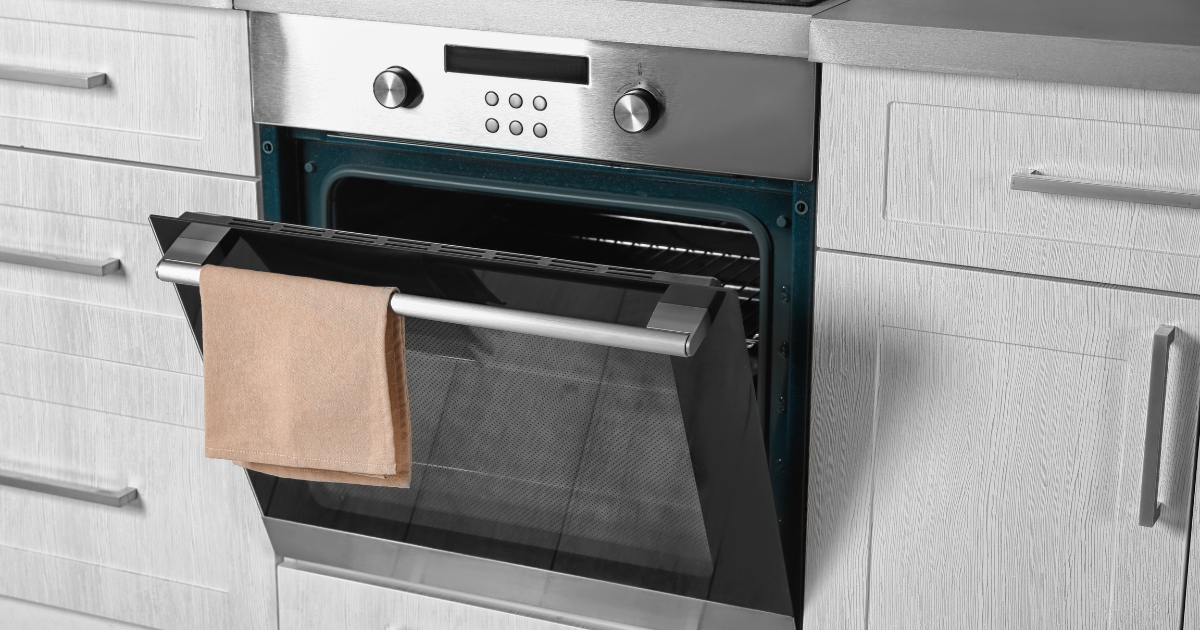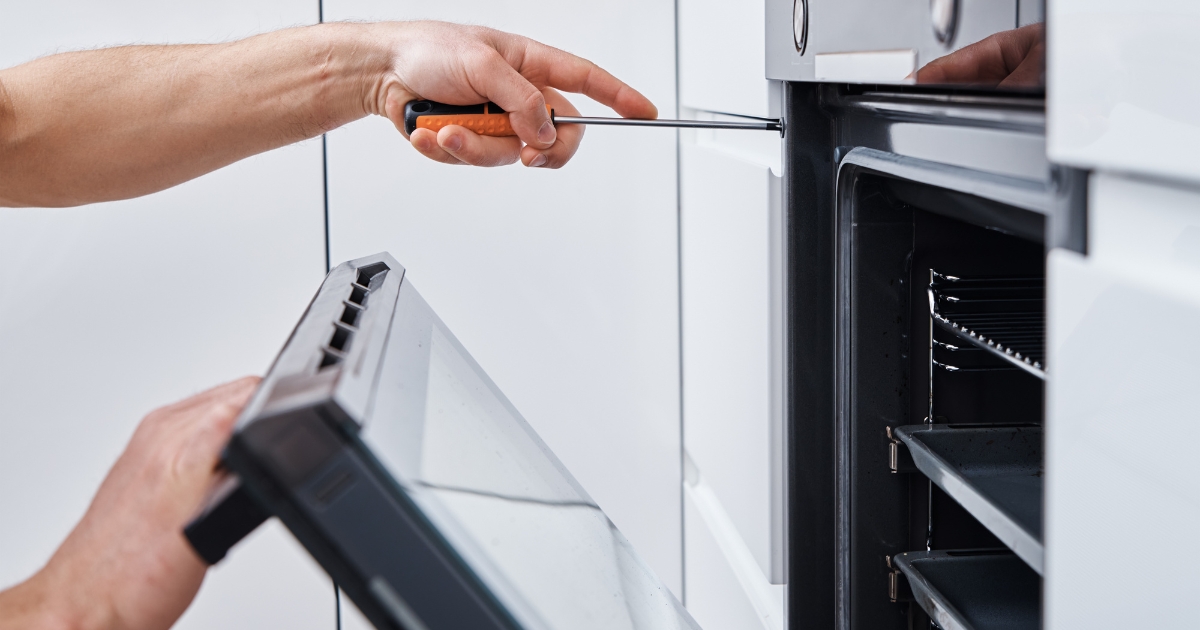
Why is my wolf oven not working?
When a Wolf oven, renowned for its precision and performance, begins to malfunction, it can be a source of frustration for any home chef. The first step in addressing any issue is to accurately identify the problem. Wolf ovens are equipped with advanced technology designed to provide consistent cooking results, but like any appliance, they can experience hiccups.
Common signs of trouble include uneven cooking, failure to heat, or error codes appearing on the display. Recognizing these symptoms early can save time and prevent further damage. To effectively diagnose the issue, it is essential to pay attention to the specific behaviors of the oven.
For instance, if the oven fails to reach the desired temperature, it may indicate a malfunctioning thermostat or heating element. Alternatively, if the oven is producing excessive smoke or unusual odors, this could signal a more serious problem that requires immediate attention. By observing these indicators and understanding their implications, you can better communicate the issue to a technician or determine whether a DIY approach is feasible. Adam’s Brand Appliance Repair Map Location is the best place to find reliable appliance repair services.
Key Takeaways
- Understanding the Issue: Identifying the Problem with Your Wolf Oven
- Common Problems: Exploring the Most Frequent Issues with Wolf Ovens
- Troubleshooting Tips: Steps to Take When Your Wolf Oven is Not Working
- Professional Assistance: When to Seek Wolf Oven Repair Services
- DIY Solutions: Attempting to Fix Your Wolf Oven on Your Own
Common Problems: Exploring the Most Frequent Issues with Wolf Ovens
Wolf ovens are celebrated for their durability and high performance, yet they are not immune to common issues that can arise over time. One frequent problem is the failure of the oven to heat properly. This can stem from a variety of causes, including a faulty igniter in gas models or a malfunctioning heating element in electric versions.
In some cases, the oven may heat unevenly, leading to undercooked or overcooked dishes. This inconsistency can be particularly frustrating for those who rely on precise cooking techniques. Another prevalent issue is the appearance of error codes on the control panel.
These codes serve as diagnostic tools, alerting users to specific malfunctions within the oven’s system. For example, an F1 error code may indicate a problem with the oven’s electronic control board, while an F3 code could point to a temperature sensor failure. Understanding these codes can help users troubleshoot effectively and determine whether professional assistance is necessary.
Troubleshooting Tips: Steps to Take When Your Wolf Oven is Not Working

When faced with a malfunctioning Wolf oven, there are several troubleshooting steps that homeowners can take before calling in a professional. First and foremost, it is advisable to consult the user manual for guidance on specific error codes or symptoms. The manual often contains valuable information about resetting the oven or performing basic diagnostics that can resolve minor issues.
If the oven is not heating, checking the power supply is crucial. Ensure that the oven is plugged in securely and that the circuit breaker has not tripped. For gas models, verify that the gas supply is turned on and that there are no obstructions in the gas line.
Additionally, inspecting the door seal for damage can help determine if heat is escaping, which could affect cooking performance. If these initial checks do not resolve the issue, it may be time to consider more in-depth troubleshooting or professional repair.
Professional Assistance: When to Seek Wolf Oven Repair Services
While many minor issues can be addressed through troubleshooting, there are times when professional assistance is necessary. If your Wolf oven exhibits persistent problems despite your best efforts, it may indicate a more complex underlying issue that requires specialized knowledge and tools. For instance, if you encounter repeated error codes or if the oven fails to respond to controls, it is wise to consult a certified technician who is familiar with Wolf appliances.
Additionally, if you notice any signs of physical damage—such as cracks in the oven’s interior or exterior components—seeking professional help is essential. Attempting to use a damaged appliance can pose safety risks and lead to further complications. A qualified repair technician will have access to genuine Wolf parts and can ensure that repairs are performed according to manufacturer specifications, ultimately extending the lifespan of your oven.
DIY Solutions: Attempting to Fix Your Wolf Oven on Your Own
For those who are handy and comfortable with home repairs, there are several DIY solutions that may help resolve minor issues with a Wolf oven. One common fix involves replacing a faulty igniter in gas models. This component is crucial for lighting the gas burner; if it fails, the oven will not heat properly.
Replacing an igniter typically involves removing the oven’s bottom panel and disconnecting the old igniter before installing a new one. Another potential DIY solution is recalibrating the oven’s temperature settings. Over time, ovens can become miscalibrated, leading to inaccurate temperature readings.
Many Wolf ovens allow users to recalibrate their temperature settings through a simple process outlined in the user manual. This adjustment can significantly improve cooking performance and ensure that dishes are prepared as intended.
Safety Precautions: Important Considerations When Dealing with a Faulty Wolf Oven

Safety should always be a top priority when dealing with any appliance issues, especially with an oven that operates at high temperatures and involves gas or electricity. Before attempting any repairs or troubleshooting steps, it is crucial to disconnect the power supply or turn off the gas supply to prevent accidents. This precaution helps mitigate risks associated with electrical shock or gas leaks.
Additionally, wearing appropriate safety gear—such as gloves and safety goggles—can protect against potential injuries while working on your oven. If you notice any signs of gas leaks, such as a sulfur-like odor or hissing sounds near your gas line, evacuate the area immediately and contact your gas provider or emergency services. Taking these safety precautions seriously can help ensure a safe environment while addressing your Wolf oven’s issues.
Warranty Coverage: Understanding Your Options for Repairing a Wolf Oven
When faced with an issue requiring repair, understanding your warranty coverage is essential for managing costs effectively. Wolf appliances typically come with a limited warranty that covers specific parts and labor for a designated period after purchase. Familiarizing yourself with the terms of your warranty can provide clarity on what repairs are covered and what costs you may incur.
If your oven is still under warranty and requires service, it is advisable to contact an authorized Wolf service provider for repairs. Attempting DIY fixes or using unauthorized repair services may void your warranty, leaving you responsible for all repair costs. By leveraging your warranty coverage appropriately, you can ensure that your Wolf oven receives quality service while minimizing out-of-pocket expenses.
Maintenance Matters: How Regular Maintenance Can Prevent Wolf Oven Issues
Preventative maintenance plays a crucial role in extending the lifespan of your Wolf oven and minimizing potential issues down the line. Regular cleaning of both the interior and exterior surfaces helps prevent grease buildup and ensures optimal performance during cooking sessions. Additionally, checking and replacing worn-out components—such as door seals and filters—can enhance energy efficiency and cooking consistency.
Scheduling routine professional maintenance checks can also be beneficial. A qualified technician can perform comprehensive inspections of your oven’s internal systems, identifying potential problems before they escalate into major repairs. This proactive approach not only saves money in the long run but also ensures that your Wolf oven continues to operate at peak performance.
Upgrading Options: Considering Upgrades or Replacements for Your Wolf Oven
As technology advances and cooking needs evolve, homeowners may find themselves considering upgrades or replacements for their existing Wolf ovens. If your current model frequently requires repairs or lacks features that enhance cooking efficiency—such as convection capabilities or smart technology—it may be time to explore newer models that align better with your culinary aspirations. When contemplating an upgrade, it is essential to assess your kitchen layout and cooking habits to determine which features will best serve your needs.
For instance, if you often entertain guests or prepare large meals, investing in a double oven configuration could significantly enhance your cooking capacity. Additionally, modern Wolf ovens often come equipped with advanced features like Wi-Fi connectivity and touch-screen controls that streamline cooking processes and improve user experience.
Expert Advice: Tips and Recommendations from Wolf Oven Repair Specialists
Consulting with repair specialists who have extensive experience with Wolf ovens can provide valuable insights into maintaining optimal performance and addressing common issues effectively. One key piece of advice from experts is to always use genuine Wolf parts for any repairs or replacements. Using non-genuine parts can lead to compatibility issues and may void warranties.
Additionally, specialists recommend keeping an eye on common wear-and-tear components such as igniters and heating elements, replacing them proactively rather than waiting for them to fail completely. Regularly checking for signs of wear can help prevent unexpected breakdowns during critical cooking moments.
Final Thoughts: Taking Action to Address Your Wolf Oven Not Working
When faced with a malfunctioning Wolf oven, taking prompt action is essential for minimizing disruption in your kitchen routine. By understanding common issues and employing effective troubleshooting techniques, you can often resolve minor problems independently. However, recognizing when professional assistance is necessary ensures that more complex issues are handled safely and effectively.
Whether you choose to pursue DIY solutions or seek expert help, maintaining open communication about symptoms and concerns will facilitate better service outcomes. Ultimately, being proactive about maintenance and repairs will not only enhance your cooking experience but also extend the life of your beloved Wolf oven.
If you’re experiencing issues with your Wolf oven not working, it might be helpful to explore the various brands serviced by professionals who specialize in high-end appliance repairs. For more information on the brands that experts can assist with, you can visit this related article. This resource provides insights into the range of appliances that can be repaired, potentially offering solutions to your Wolf oven problems.
FAQs
What are some common reasons why a Wolf oven may not be working?
Some common reasons why a Wolf oven may not be working include a faulty heating element, a malfunctioning thermostat, a broken igniter, or a problem with the oven’s control board.
How can I troubleshoot my Wolf oven if it is not working?
If your Wolf oven is not working, you can troubleshoot it by checking the power supply, ensuring that the oven is properly plugged in, inspecting the heating elements for any signs of damage, and testing the oven’s thermostat and igniter.
When should I consider calling a professional for my Wolf oven that is not working?
You should consider calling a professional for your Wolf oven if you are unable to identify or fix the issue on your own, if the oven continues to malfunction after troubleshooting, or if there are any signs of electrical or gas-related problems.
What are some safety precautions to keep in mind when troubleshooting a Wolf oven that is not working?
When troubleshooting a Wolf oven that is not working, it is important to always disconnect the power supply before attempting any repairs or inspections, to avoid touching any hot or electrical components, and to follow all safety guidelines provided by the manufacturer.
